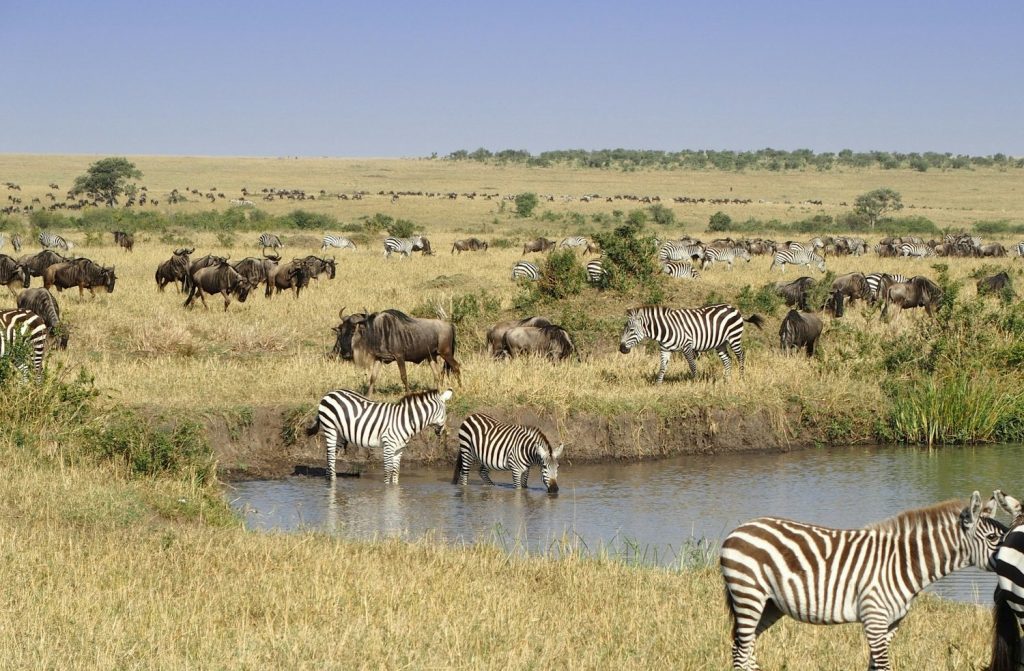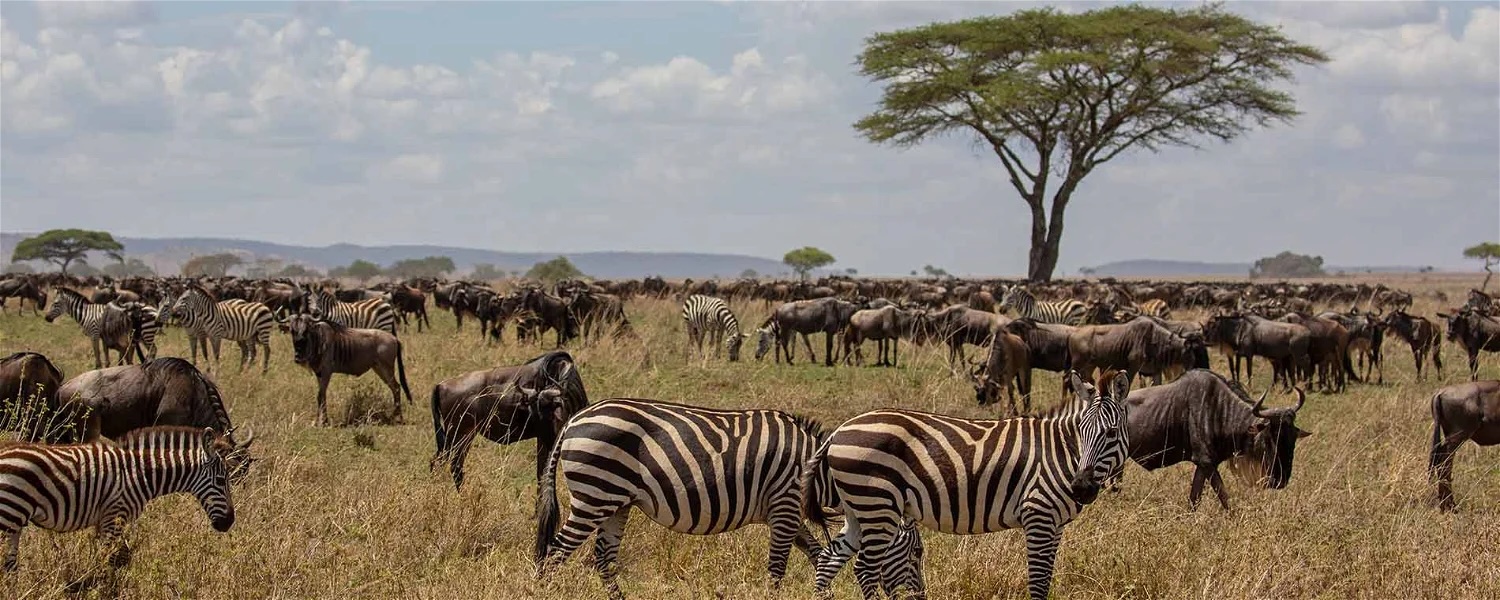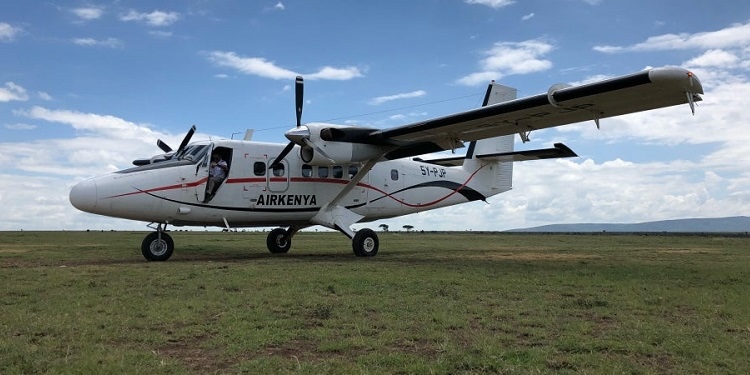The Masai Mara National Reserve stands as one of the world’s most iconic wildlife sanctuaries, nestled in southwestern Kenya. Renowned for its sweeping savannahs, teeming biodiversity, and the awe-inspiring Great Migration, this reserve is a cornerstone of any Kenya safari. Often listed among the Seven Natural Wonders of Africa, the Masai Mara offers an unrivaled blend of adventure, natural beauty, and cultural richness. Whether you’re eager to track the Big Five, witness millions of wildebeests on the move, or immerse yourself in Maasai traditions, this destination promises an unforgettable experience. At Safari Kenya Tanzania, we’re dedicated to helping you explore every facet of this extraordinary reserve and craft your perfect safari adventure.
Brief History of the Masai Mara
The Masai Mara’s story stretches back centuries, shaped by the Maasai people who have lived in harmony with its wildlife for generations. Traditionally pastoralists, the Maasai relied on cattle herding, coexisting with predators like lions and leopards. The reserve itself was established in 1961 as a wildlife sanctuary, later gazetted as a national reserve to protect its ecosystems from encroaching agriculture and poaching. Today, it’s managed by the Narok County government, with adjacent private conservancies enhancing conservation efforts and offering exclusive safari experiences.
This blend of human heritage and natural preservation makes the Masai Mara more than just a wildlife destination—it’s a living testament to Kenya’s commitment to safeguarding its ecological and cultural treasures.
Wildlife in Masai Mara National Reserve
 The Masai Mara National Reserve is a biodiversity hotspot, home to an astonishing array of animals and a prime location for spotting the Big Five: lion, leopard, elephant, buffalo, and the endangered black rhino. With one of the highest lion densities in Africa—estimated at 850 to 900 individuals—the reserve offers near-guaranteed sightings. The Marsh Pride, immortalized in BBC’s Big Cat Diary, is a highlight for big cat enthusiasts. Leopards, elusive and solitary, are often glimpsed draped over tree branches, while cheetahs showcase their speed on open plains, chasing down prey like Thomson’s gazelles.
The Masai Mara National Reserve is a biodiversity hotspot, home to an astonishing array of animals and a prime location for spotting the Big Five: lion, leopard, elephant, buffalo, and the endangered black rhino. With one of the highest lion densities in Africa—estimated at 850 to 900 individuals—the reserve offers near-guaranteed sightings. The Marsh Pride, immortalized in BBC’s Big Cat Diary, is a highlight for big cat enthusiasts. Leopards, elusive and solitary, are often glimpsed draped over tree branches, while cheetahs showcase their speed on open plains, chasing down prey like Thomson’s gazelles.
Elephants roam in family herds, their trumpeting calls echoing across the savannah, while massive Cape buffalo herds add a sense of raw power to the landscape. Beyond the Big Five, the Masai Mara teems with giraffes, zebras, hippos, crocodiles, spotted hyenas, and jackals. Birdwatchers will delight in over 470 recorded species, including ostriches, lilac-breasted rollers, and the striking secretary bird.
The reserve’s western escarpment, with its swampy terrain and dense vegetation, acts as a natural magnet for wildlife, especially during the dry season. Meanwhile, the Mara and Talek Rivers provide dramatic backdrops for hippo pools and crocodile ambushes, particularly during the Great Migration’s river crossings.



 Getting to the Masai Mara National Reserve is an adventure in itself, with two primary options—by road or by air—each offering its own set of experiences and scenic rewards.
Getting to the Masai Mara National Reserve is an adventure in itself, with two primary options—by road or by air—each offering its own set of experiences and scenic rewards.